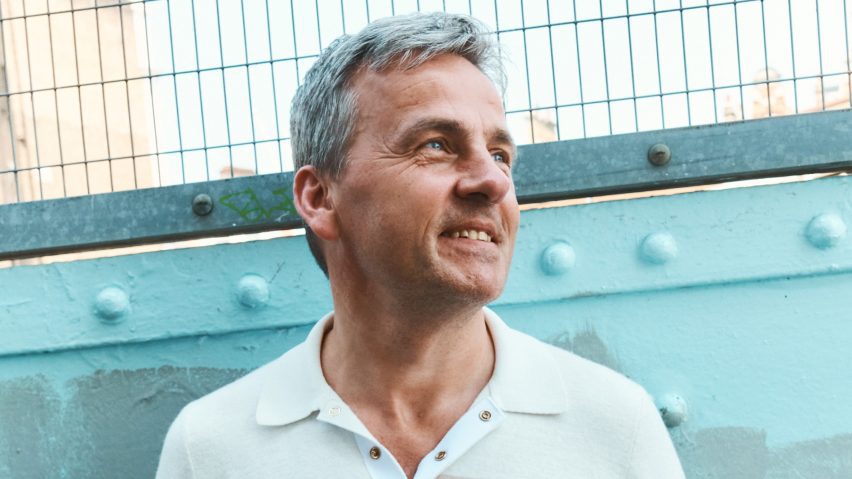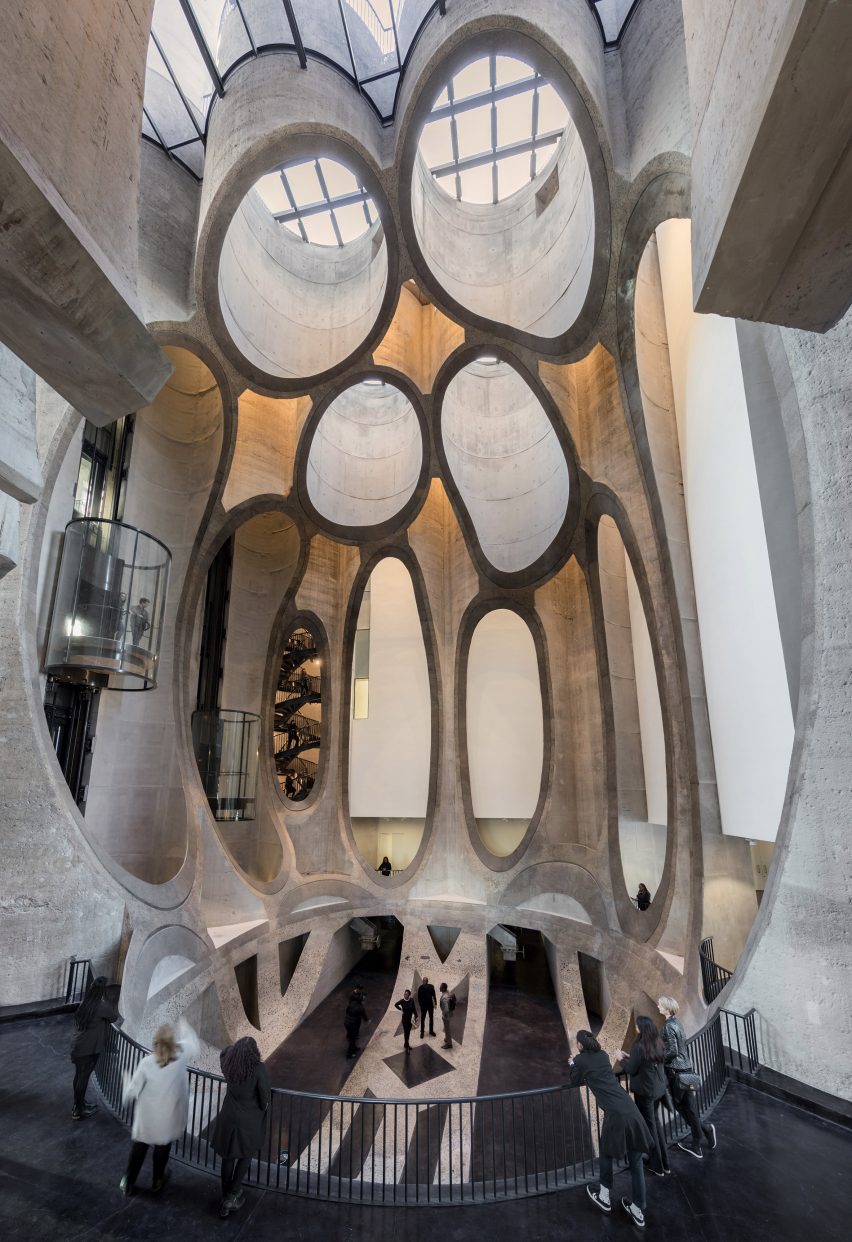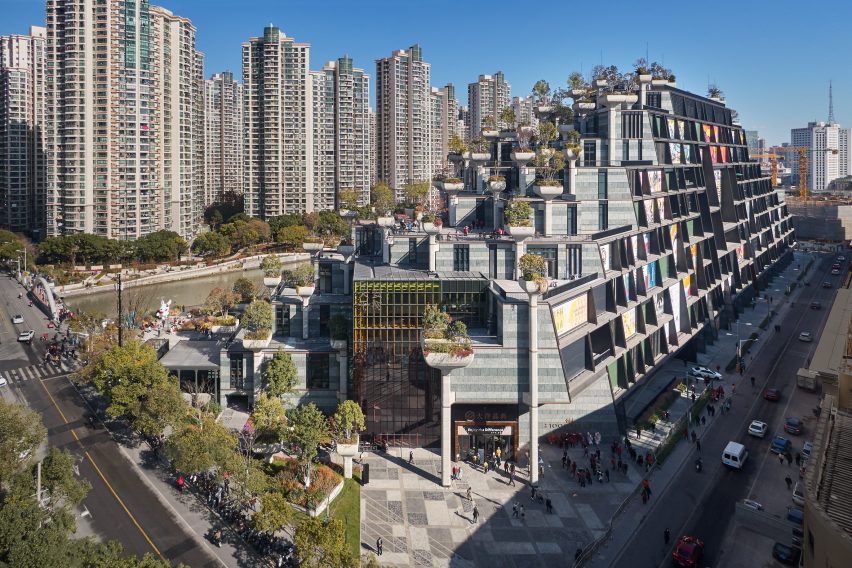
Heatherwick's Humanise campaign launched to "spark public conversation about the way buildings make us feel"
UK designer Thomas Heatherwick is launching his Humanise campaign today. In this interview, the director of the team leading the initiative, Matt Bell, explains what it aims to achieve.
Named Humanise, the campaign aims to put into action the ideas outlined in Heatherwick's book Humanise, a Maker's Guide to Building Our World – including putting "an end to boring buildings".
"This campaign is trying to stem the tide and spark a public conversation about the way buildings make us feel," Bell told Dezeen.
"We're trying to change the mindset and values behind a 'blandemic' that's bad for our health, bad for society and bad for the planet."
"A lot of cities around the world have been engulfed in boring, soulless buildings," he continued. "That's not a niceness problem, it's a civic and public-health issue, as research from the field of neuro-aesthetics reveals how this impacts on our wellbeing."
"Our first task is to change awareness"
Bell explained that the campaign's initial task will be to encourage people to care more about the buildings around them and build the belief that they can contribute to improving the overall quality of the built environment.
"Humanise is asking why so many places feel joyless and depressing, how did this happen and how can we start creating more buildings that last and are loved?" he said.

"Our first task is to change awareness – make it personal, make people care, give people some sense of agency over what gets built."
The project will initially be funded by Heatherwick Studio, which has completed numerous buildings that are rarely described as dull, including an art gallery in Cape Town carved out of grain silos, a park supported on 132 concrete columns above the Hudson River and a shopping centre in Shanghai covered in 1,000 trees.
Although not dull, many of its projects have been controversial, including its proposed Garden Bridge in London.
"You have to inspire public demand"
"Heatherwick Studio is paying for a team of three people for the next two years to get things moving," explained Bell.
"But this initiative belongs to anyone who chooses to get involved. We're looking to draw in cities, companies and community organisations as equal partners and turn it into a movement that can champion radically more human buildings."
Bell believes that the key to changing how buildings appear and improving people's experience of buildings is to encourage the public to have stronger opinions on the built environment and believe that they can impact it.
"I've been campaigning for 30 years since my first job as a youth worker, on everything from social justice to the built environment," he said.

"What I now know is you have to inspire public demand. It's not enough to win the professional debate, and government policies come and go – usually having been ignored," he continued.
"The thing that works is a shift in the public consensus about what is acceptable. It's happened on pesticides, plastic, drink driving, and racism. Now we need it on building design."
"Ten million conversations" target
According to Bell the team will consider the project a success if the campaign starts "10 million conversations" and leads to clients regularly wanting to understand the impact their projects have on people not directly using their buildings.
"We've set a target of sparking 10 million conversations around the world," he said. "That will give us a barometer to gauge whether people are interested."
"We need to get the idea of emotion as a function embedded in the way that architecture is taught. And we have to establish the concept of a human premium and use this to help people justify the additional investment it always takes to create genuinely human buildings."
"Ultimately, success will be a time when clients routinely ask how your design is going to impact on the passers-by, and every building of any scale is interesting, regardless of its style," he added.
Along with the book, Heatherwick has also recently outlined his thoughts on the "blandemic" in a three-part series on BBC Radio 4 called Building Soul with Thomas Heatherwick.
On the show, he stated that Le Corbusier was responsible for architecture's "global blandemic".
Dezeen In Depth
If you enjoy reading Dezeen's interviews, opinions and features, subscribe to Dezeen In Depth. Sent on the last Friday of each month, this newsletter provides a single place to read about the design and architecture stories behind the headlines.